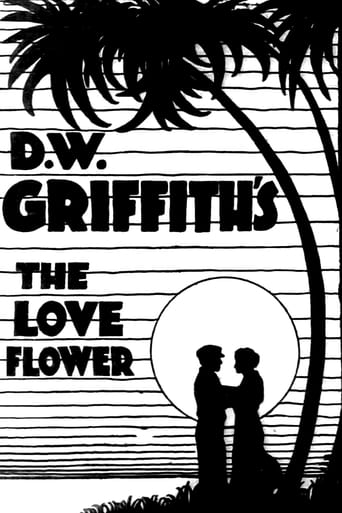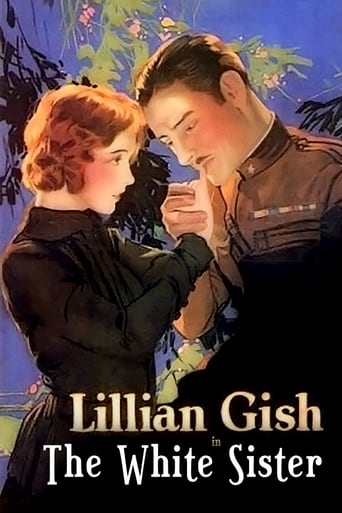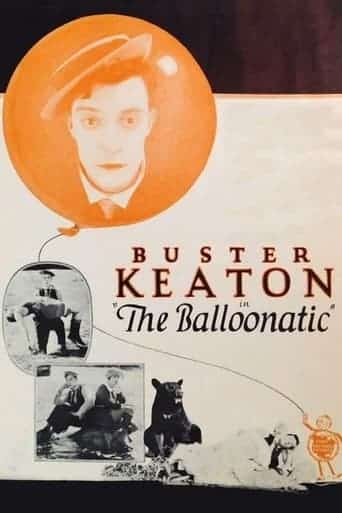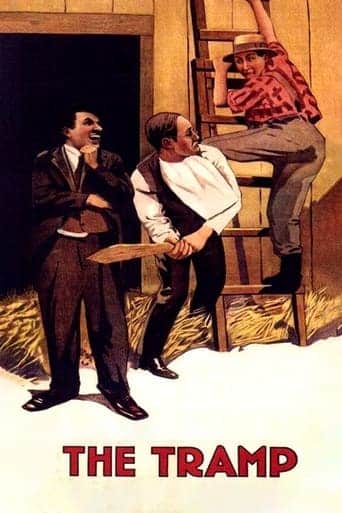A Tale of Two Cities (1911)

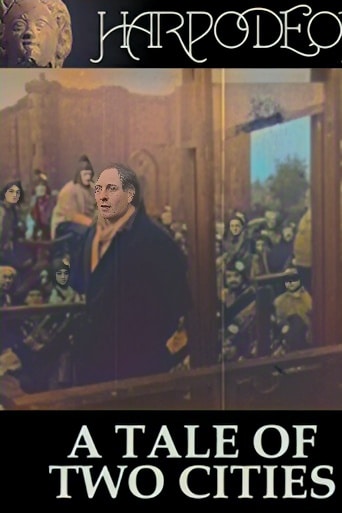 “A Tale of Two Cities,” the classic silent film adaptation of Charles Dickens’ timeless novel, brings the tumultuous events of the French Revolution to life on the cinematic stage.
“A Tale of Two Cities,” the classic silent film adaptation of Charles Dickens’ timeless novel, brings the tumultuous events of the French Revolution to life on the cinematic stage.
Released in an era when silent films were the primary medium of storytelling, this adaptation, featuring Maurice Costello as Sydney Carton, Florence Turner as Lucie Manette, John Bunny as the Jailer, and William Humphrey as the Duke D’Evremon, condenses Dickens’ epic narrative into a visually striking and emotionally resonant experience.
Set against the backdrop of revolutionary France, “A Tale of Two Cities” explores the stark contrasts between London and Paris during a period of political upheaval. The film’s condensed format necessitates a focused narrative, and under the direction of the filmmakers, the core elements of Dickens’ novel are distilled into a cinematic journey that captures the essence of the source material.
Maurice Costello’s portrayal of Sydney Carton, one of the central characters in Dickens’ novel, is a highlight of the film. Carton, a dissolute English lawyer, undergoes a profound transformation as he grapples with love, sacrifice, and redemption. Costello’s performance brings depth to Carton’s character, conveying the inner turmoil and ultimate redemption that define his arc in Dickens’ narrative. The silent film format relies heavily on the expressiveness of actors, and Costello’s ability to convey complex emotions without spoken words contributes to the film’s impact.
Florence Turner’s portrayal of Lucie Manette, the novel’s central female character, adds a layer of emotional resonance to the film. Lucie’s journey, marked by love, loss, and unwavering devotion, is a cornerstone of Dickens’ tale. Turner’s performance captures the innocence and strength of Lucie, creating a character that resonates with audiences as she navigates the turbulent events of the French Revolution.
John Bunny as the Jailer and William Humphrey as the Duke D’Evremon round out the cast, providing supporting roles that contribute to the film’s portrayal of a society on the brink of upheaval. The dynamics between characters, whether in moments of tension or camaraderie, serve to convey the broader societal shifts taking place during this tumultuous period in history.
The film’s condensed narrative focuses on key plot points, including the dramatic trial and sacrifice of Sydney Carton, the love triangle involving Lucie Manette, Charles Darnay, and Sydney Carton, and the broader context of the French Revolution and its Reign of Terror. The filmmakers employ visual storytelling techniques to convey the urgency and emotional weight of these pivotal moments, emphasizing the impact of historical events on individual lives.
The silent film format, with its reliance on visual storytelling, lends itself well to the sweeping historical canvas of “A Tale of Two Cities.” Cinematography, set design, and costume choices work in harmony to recreate the atmosphere of 18th-century France and England. The use of expressive visuals, from Carton’s transformative journey to the tumultuous scenes of revolution, allows the audience to immerse themselves in the evocative world of Dickens’ creation.
Despite the absence of spoken dialogue, the film effectively captures the universal themes embedded in Dickens’ novel. Love, sacrifice, justice, and the consequences of social and political upheaval are portrayed with emotional depth and resonance. The silent film medium becomes a canvas for the filmmakers to interpret and convey Dickens’ narrative through a unique visual language, creating an experience that transcends the limitations of its time.
In its condensed form, “A Tale of Two Cities” serves as both an introduction to Dickens’ narrative for those unfamiliar with the novel and a visual reimagining for those who hold the classic work in high regard. The film’s ability to distill the essence of the novel into a cinematic experience speaks to the creative choices made by the filmmakers to convey the heart and soul of Dickens’ tale.
In conclusion, “A Tale of Two Cities,” in its silent film adaptation, stands as a testament to the enduring power of Charles Dickens’ storytelling. Maurice Costello, Florence Turner, John Bunny, and William Humphrey contribute memorable performances that breathe life into iconic characters navigating the tumultuous events of the French Revolution. The film’s visual storytelling, coupled with its thematic resonance, cements its status as a classic cinematic adaptation that continues to capture the imagination of audiences, inviting them to revisit Dickens’ tale of love, sacrifice, and the inexorable march of history.
Release Date: February 21st, 1911
Main Cast Members
Maurice Costello (Sydney Carton)
Florence Turner (Lucie Manette)
John Bunny (Jailer)
Norma Talmadge (Mimi)
William Humphrey (The Duke D’Evremon)
Kenneth Casey (Duke’s Son in Early Scenes)
James Morrison (Peasant brother)
Loading live eBay listings...

